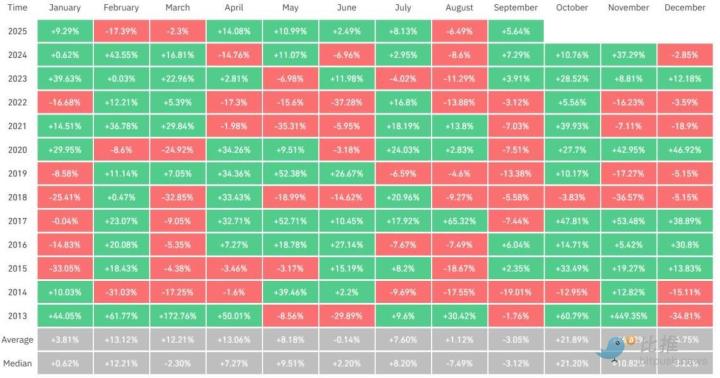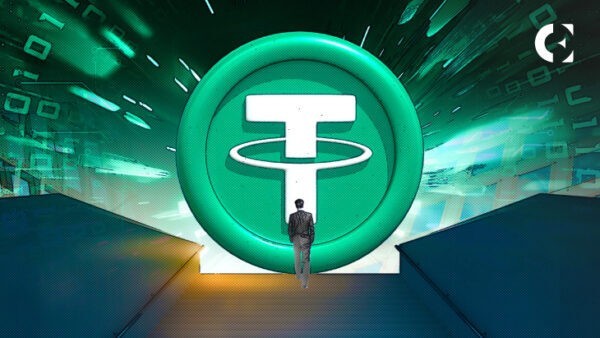The US is testing an unprecedented move in the history of social welfare: distributing support money to low-income people in USDC – a stablecoin pegged to the USD. This pilot took place right in the heart of New York and immediately caused a lot of debate in the financial, technology and social communities.
According to the announcement, 160 lucky people were randomly selected to participate in the program. Each person will receive $8,000 immediately, then continue to receive $800/month for 5 consecutive months. The entire subsidy will not be distributed in cash or bank transfer as before, but will be paid entirely in USDC via blockchain.
The program, called “Future First,” was launched by the nonprofit organization GiveDirectly in collaboration with the cryptocurrency exchange Coinbase. The research team said that transferring money via blockchain significantly saves administrative costs. Specifically, to send the first payment worth $800, the processing fee is only $0.26 – a very small number compared to traditional methods that require many intermediary layers.
However, many experts have expressed concerns. They warn that distributing money in USDC could create additional barriers for beneficiaries, most of Capital are not familiar with using e-wallets or crypto transactions. In addition, conversion fees to fiat currency, restrictions on daily spending, and the risk of USDC Peg when the market fluctuates can all directly affect the financial security of recipients.
Another issue raised was that when beneficiaries keep their money in blockchain wallets, they may be tempted to speculate on cryptocurrencies, instead of using the money to pay for basic needs. This goes against the original goal of the program, which is to help them stabilize their lives.







